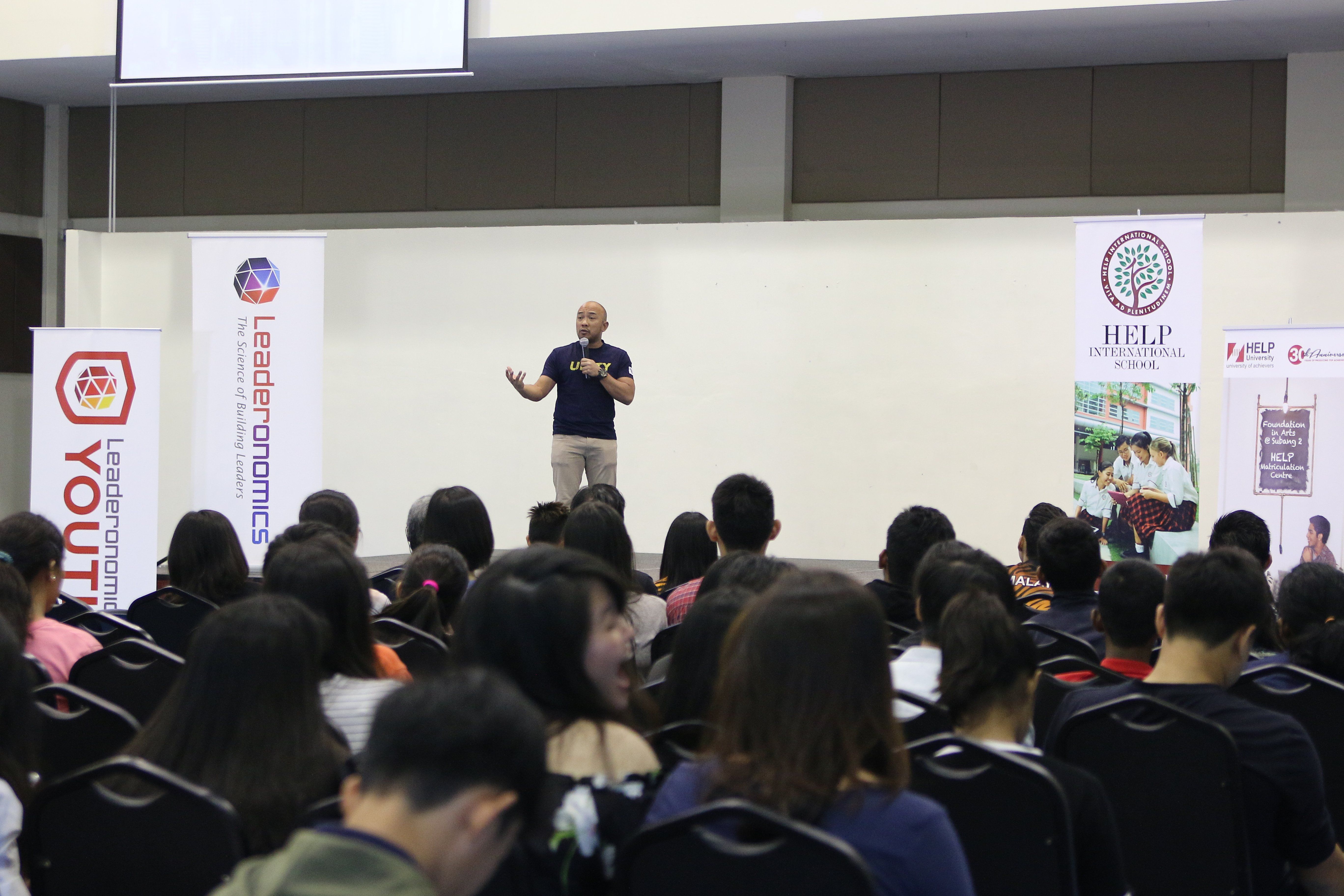Celebrating Diversity

To create a positive global community, we need to meet three key challenges
The rise of the global community brings many opportunities and challenges. In the past, community members could communicate with each other, trade with each other, and share a common culture. In the future, communication, trade, and culture will become much more global.
Opportunities for learning will be greater than ever. “Global connectedness” means that we can interact in a way that leads to rapid and positive learning. More information, however, does not necessarily lead to better decisions.
Leaders are now hard-pressed to make decisions because they have too much information. Hence, editing and accessing relevant information are vital.
We can’t assume that instant information will lead to long-term quality of communication. Today television addiction is a huge problem.
In the future, media addiction (including the Internet) may well pass drug addiction and alcohol addiction as a social problem.
Global trade and diversity
The advantages of global trade are well known. Increased global competition leads to higher-quality products and services at lower prices. Consumers can have access to an incredible diversity of goods that may have been produced anywhere in the world.
Poorer countries, which have lower labour costs, can “catch up” by doing labour-centric work that would cost much more in wealthy countries. As the poorer countries become more efficient, they gain the purchasing power to buy more goods and services from the rest of the world.
The removal of trade barriers leads to an increasingly efficient market.
While, in theory, global trade will create greater product diversity, in practice it sometimes creates greater homogeneity.
The “shopping streets” in major cities around the world now look much the same. They tend to have the same clothing, music, and even food.
While the stores may have products from more countries, they are becoming the same products. People worldwide are buying the same global brands that are globally advertised, marketed, and distributed.
Another cost of global trade may be the disappearance of brand loyalty and identification with a larger whole.
Global cultural access
Increased access to information means that more cultural opportunities are available to more people. Cultural access leads to a better understanding not only of art or music, but also of people.
Repressive regimes that encourage hatred for others restrict the flow of communication. But by communicating with people of diverse backgrounds, we quickly learn that negative ethnic stereotypes are invalid.
Open communication can lead to a world where diversity is celebrated, reducing ethnic hatred and violence.
While the global culture has great potential benefits, it can also have great costs. People around the world are much more likely to look, act, and sound alike. We are becoming as concerned with “cultural extinction” as we are today with the extinction of plant and animal species.
The different attempts
Attempts at stopping the flow of communication, trade, or culture may produce short-term successes but are doomed to failure for two reasons:
- the Internet is global, and so information that is censored in one country will be quickly duplicated in another; and
- almost all brilliant young people who are developing new technology believe in the free flow of information, do not like censorship, and are not intimidated by government edict.
Attempts to protect non-competitive industries or workers produce a short-term benefit but does not stop the development of better and cheaper products.
Attempts to force trade restrictions on unwilling partners are destined to fail.
Attempts to restrict access to any product often leads to greater desirability.
Challenges and opportunities
The global community has the potential to become a nightmare:
- A world of conformity – with billions of people wearing the same baseball caps, baggy shirts, jeans, and shoes, speaking the same language, and laughing at the same jokes.
- A world of short-term stimulation – with countless hours spent on mindless television, video games, and a virtual reality that begins to eliminate the real human experience.
- A world of isolation – with lives spent in front of a screen, striving for personal excitement and gain with little thought for others and even less effort devoted to helping future generations.
On the flip side of the coin, the global community has the potential to be a dream come true:
- A world of diversity – with billions of people being able to communicate, trade, share cultural experiences, and appreciate each other, with access to a range of products, services, religions, cultures, philosophies, and languages.
- A world building long-term value – with countless people working together to advance our culture, building on what has been learnt in a manner that is positive, efficient, and productive.
- A world reaching out to humanity – with people helping each other in ways that could never have been imagined, celebrating each other’s success, and helping less fortunate members of the community become more productive.
Creating a positive global community
To create a positive global community, we need to meet three key challenges:
1. Reaching out to humanity and avoiding isolationism
In the global community, it is easier to reach out and easier to become isolated. Superficial communication with everyone can lead to meaningful impact on no one.
We need to be inspired and educated in the value of trying to benefit the world, not just ourselves.
As the opportunities for huge individual achievement and wealth are created, we need to better recognise people who make the transition from success to significance.
Community heroes need to be celebrated based upon their skills in giving – not their skills in taking.
2. Celebrating diversity and avoiding conformity
Our ability to adapt to changing situations is largely a function of our diversity. Language leads us to view the world in different ways and to have different approaches to making decisions and solving problems.
We need to encourage diversity in language, culture, and lifestyle to ensure our own survival. Powerful countries must not try to make other countries become like them.
Residents of the global community need to celebrate the fact that “different” may be synonymous with “fascinating”, “enhancing”, and even “necessary”.
3. Building long-term value and avoiding short-term stimulation
Residents of the global community have almost unlimited access to sources of pleasurable, short-term stimulation.
Television, movies, interactive games, virtual-reality experiences, chat rooms, and other options are available at a low cost. Yet few of these activities produce any long-term value.
We need to inspire and educate people about the value of “investing” for the future. Long-term value is the result of vision, creativity, innovation, and hard work.
We now have access to tools with the potential to dramatically increase our productivity, but we also have access to countless pleasurable distractions that lead nowhere.
Concluding thoughts
Will the global community of the future become a nightmare or a dream come true? No doubt it will be a little bit of both.
The increase in global communication, trade, technology, and culture will continue. By inspiring people and educating them in the values of celebrating diversity, building long-term value, and reaching out to humanity, we can build a global community that is more like a dream come true.
Marshall Goldsmith (www.MarshallGoldsmith.com) is the author of 35 books, which have sold over two million copies and have been translated into 30 languages. Email us your thoughts at editor@leaderonomics.com. For more leadership insights, visit www.leaderonomics.com. For more Thought of the Week articles, click here.
Reposted with permission and published in English daily The Star, Malaysia, 18 April 2015
Leadership
This article is published by the editors of Leaderonomics.com with the consent of the guest author.






